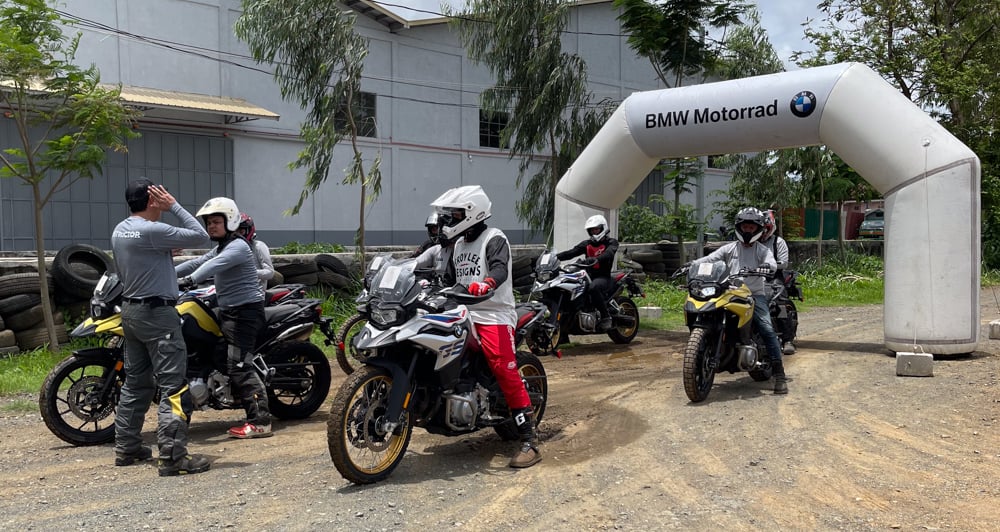
Adventure bikes are currently the cool thing to be on among riders. And why not, right? They’re comfortable, they can go anywhere and do anything, and one can lord them over all the piddly small motorcycles. They’re basically the SUVs of the motorcycle world.
Riding them on-road is one thing, but getting off the beaten path and actually using them for what they’re made to do is another. Ride up to Marilaque and you will catch hordes of BMW R1250GS motorcycles going up and down. Are they getting off the highway and riding on a trail?
Some, maybe. But most are going to stop at Coffee Periodt. because one, Cafe Katerina is too plebeian for a GS, and two, most people would not dare to ride their big, heavy and expensive adventure bike off-road.
And BMW Motorrad knows this. They know idiots like me have no idea how to handle a 1250GS on a dirt road, and will most likely end up on a gurney, which is why they’ve taken it upon themselves to create the BMW Rider Academy off-road course.
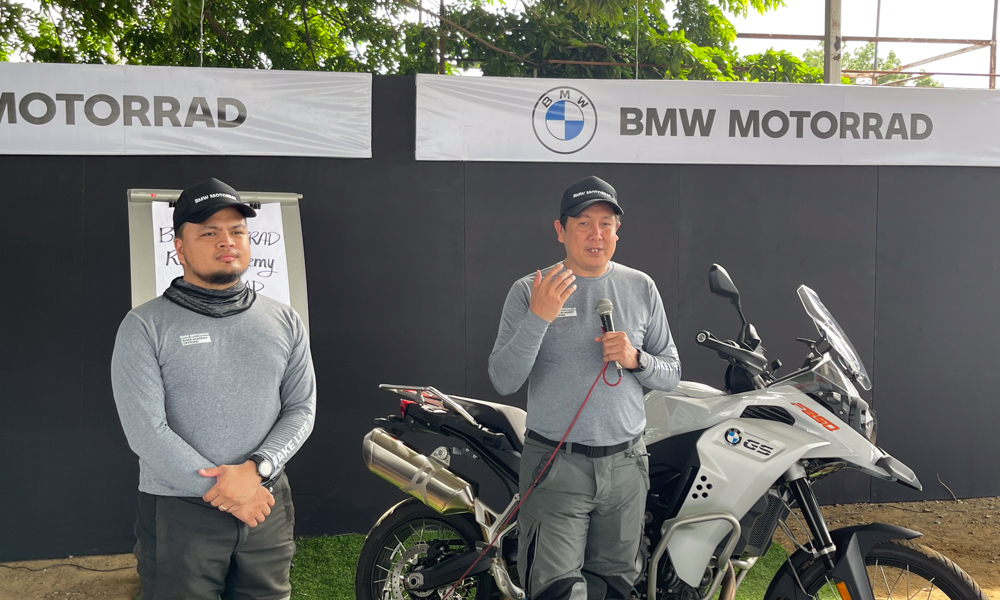
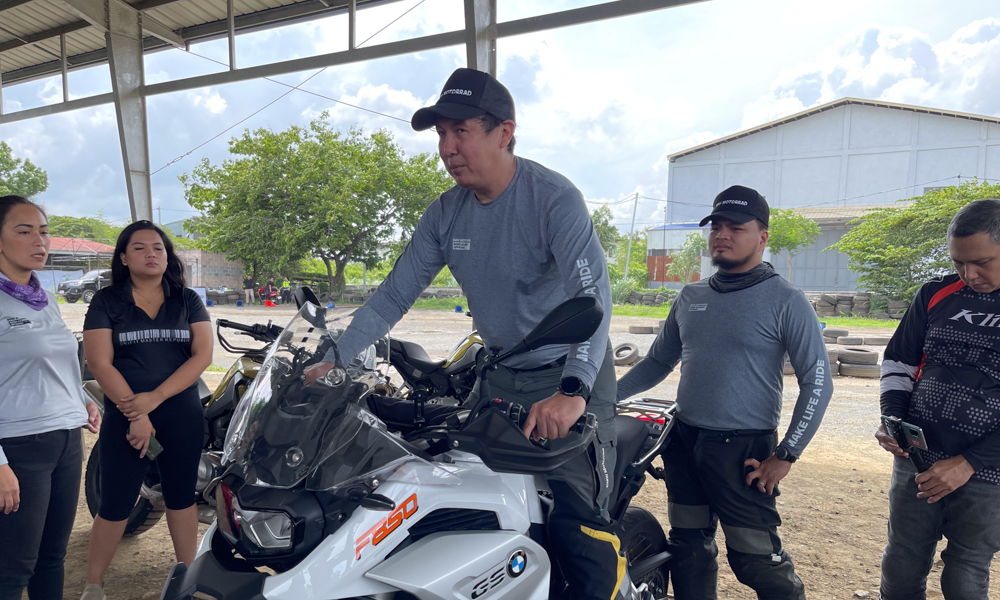
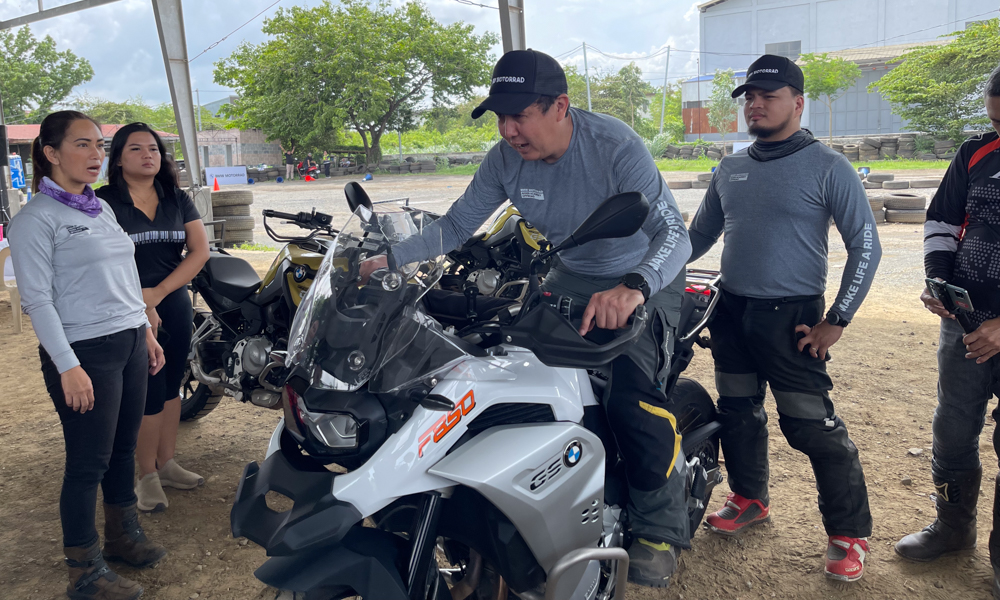
Our day began with a drive up to the MX Messiah Fairgrounds in Taytay, Rizal. Once there, things kicked off with breakfast and a quick lecture running through the basics of riding off-road such as having to stand on the bike and why one must stand while riding through trails.
We were also reminded to use the rear brake rather than the front as our primary stopper. As a person who rides mostly on the street, I quickly realized that I would have to throw out every habit I had made up to that point if I was going to have any chance of surviving the day.
The first drill of the day was to learn how to hold a motorcycle up with one hand. Most beginner riding courses will have this exercise, but it was especially crucial in the dirt as I found out later. This required the riders to find the balance point of the motorcycle. Once done, we were made to swing a leg over the bikes we would use for the course. I chose to be on an F850 GS just to give myself a bit more of a challenge.
While stationary, we were taught the proper way of standing on the pegs. Knees bent, arms relaxed, and eyes looking forward. We were also instructed on how to shift our weight fore and aft, and side-to-side.
Standing on the motorcycle while on unpaved terrain allows the bike to dance freely underneath the rider. It also shifts the rider and the bike’s combined center of gravity from right around where butt cheeks meet seat pads down to a lower point. And with the rider’s butt unglued to the seat, one can move independently of the bike, making it easier to shift one’s weight around.
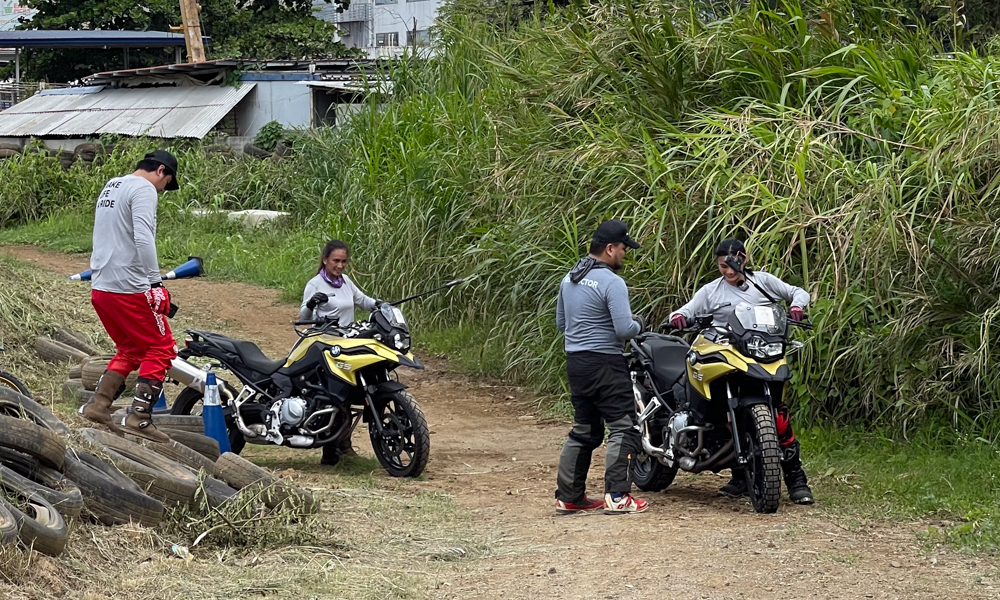
After that, we got to start the bikes, but not ride them just yet. Having learned to find the balance point, we were made to walk the bike by feathering the clutch instead of pushing it along and keeping it in the balance point. As a bigger fella, I had no issues managing the bike while walking alongside it save for some pain in my wrist due to the awkward angle one has to maintain to operate the clutch.
This drill seemed pointless to me at first, but coach Toto Villanueva enlightened me as to why we needed to do this. He says that walking the bike is the most basic move you can pull on a trail ride. Not sure how to cross a river? Walk the bike. Can’t ride up a steep hill? Walk the bike. Having this skill in your arsenal gives you a step back—a contingency. When all else fails, just walk the bike.
Next, we moved onto what BMRA likes to call enduro steering, which is turning while standing up. How? Well, It’s a bit of a dance requiring one to move around while standing on the pegs. One’s arms and hands must be relaxed and free of any body weight to properly steer the bike. While turning, one must shift his or her weight toward the outside peg to maintain the balance of the bike as it leans down into the turn.
From here, the coaches taught the students various techniques to ride through the most common trail obstacles such as berms, steep uphill climbs, and ruts. Most of the things we did on the day were pretty basic stuff, but none of it was easy for a greenhorn like me. And at the end of the day, I thanked God for the wisdom to drive to the venue. I was absolutely knackered.
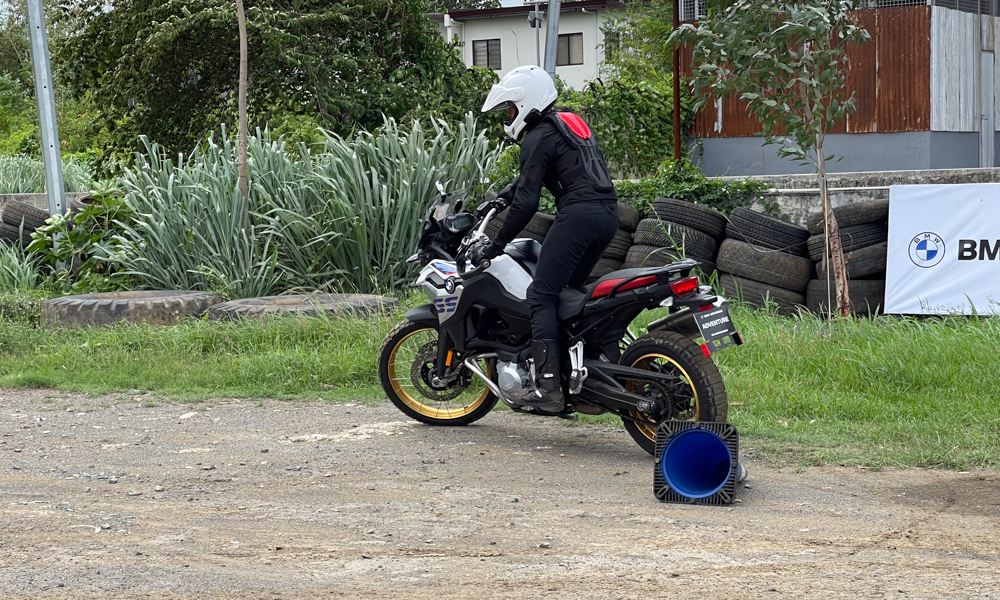
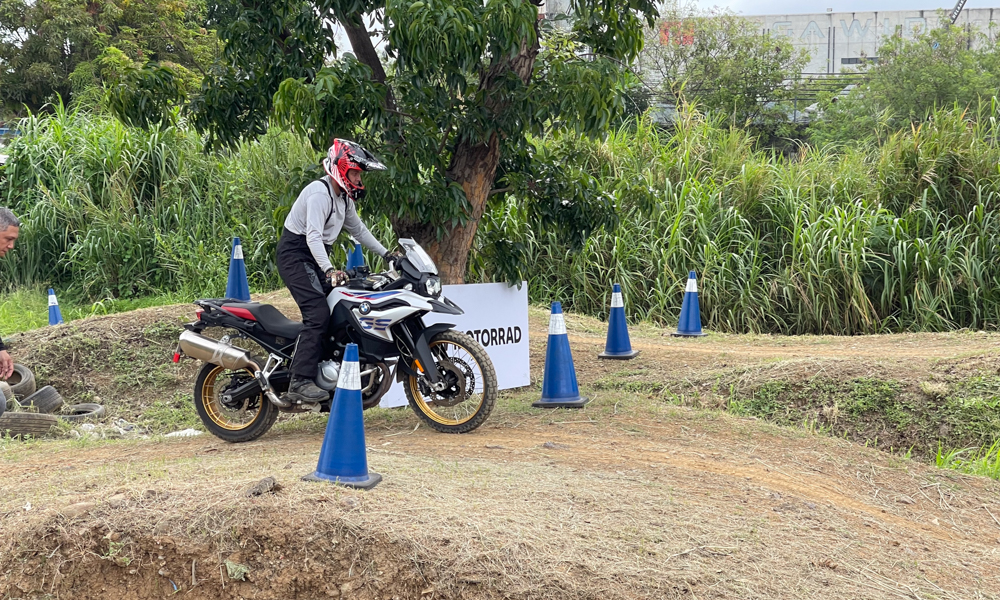
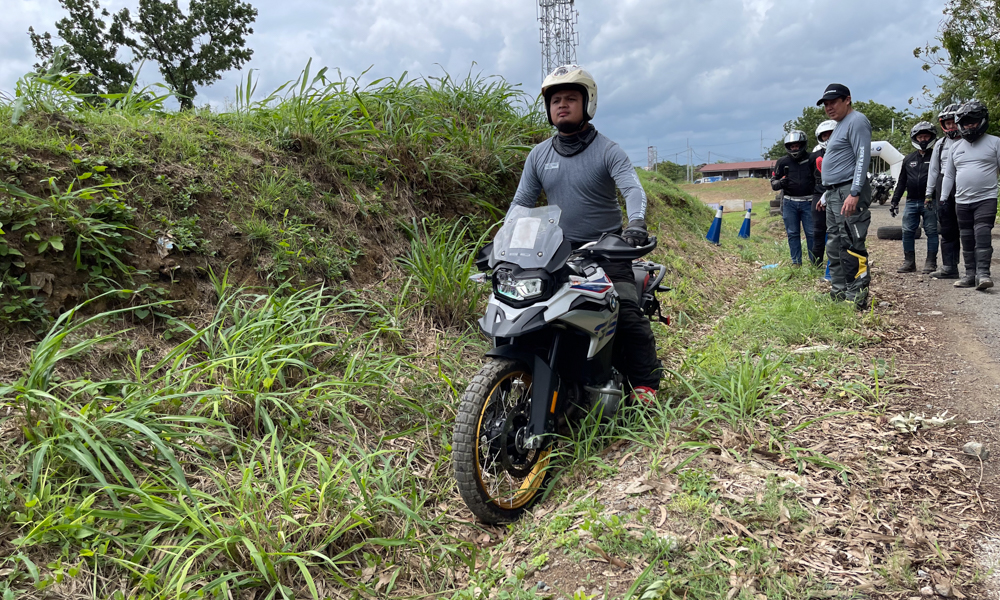
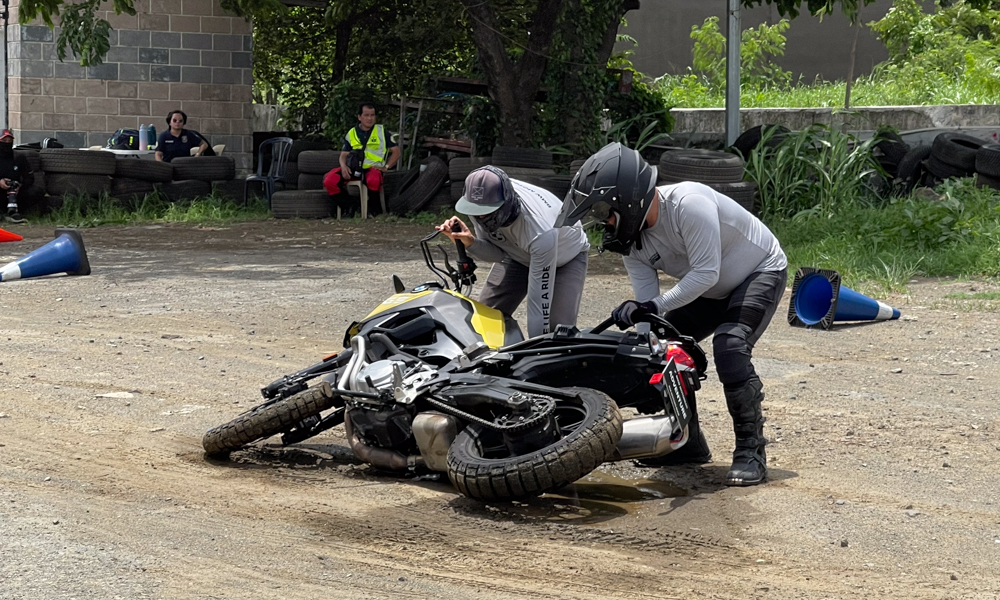
Of all the rider training programs I’ve attended, this off-road course is by far the biggest deposit of confidence I’ve received. Because riding off-road is not about gingerly feeding the throttle and tip-toeing all over the place. It’s about being brazenly precise with each and every move. Being timid with the controls just pits momentum and inertia against you.
And if you can master that skill, it will give you the courage to ride through anything whether on or off the road.
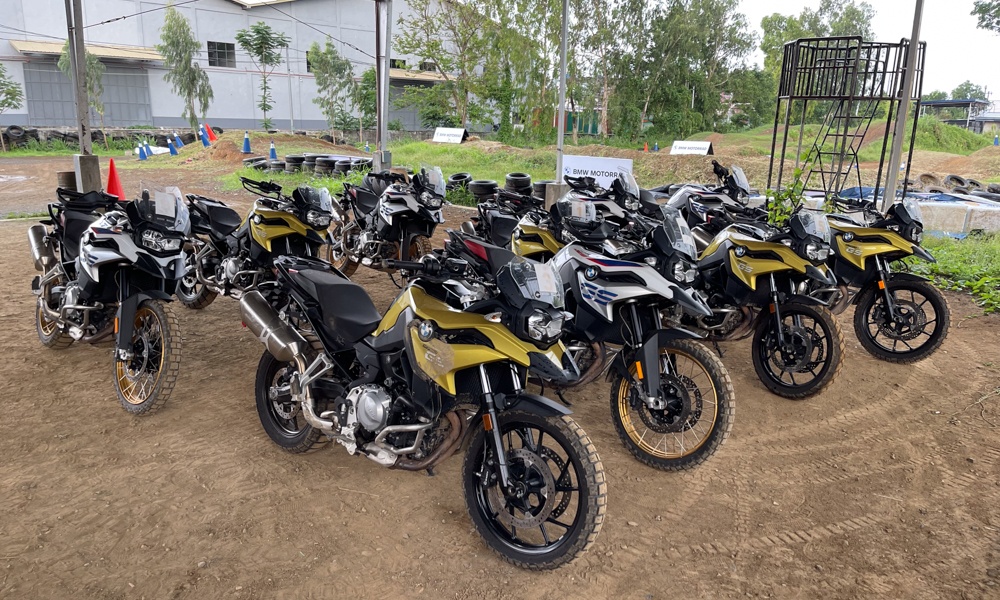
The BMW Motorrad Rider Academy Off-Road course is open to all motorcycle riders—BMW owner or not. It is P19,000 for a full day’s training and covers the use of an F750 GS or F850 GS training bike, the track fee, the food, and the free-flowing refreshments for the entire day.
For those interested in joining the course, keep an eye on BMW Motorrad’s social-media page for date announcements or inquire with your local BMW Motorrad dealer.

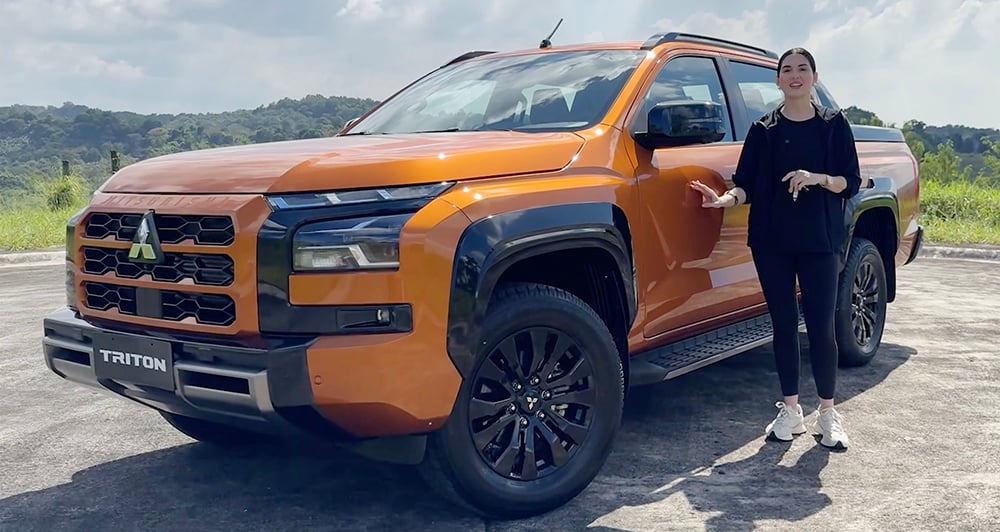

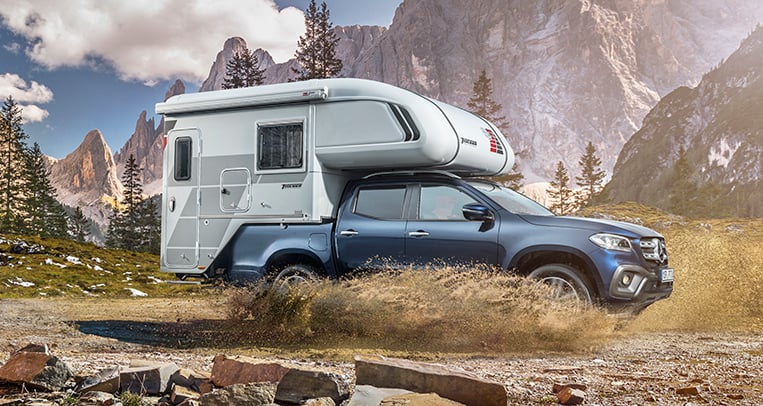
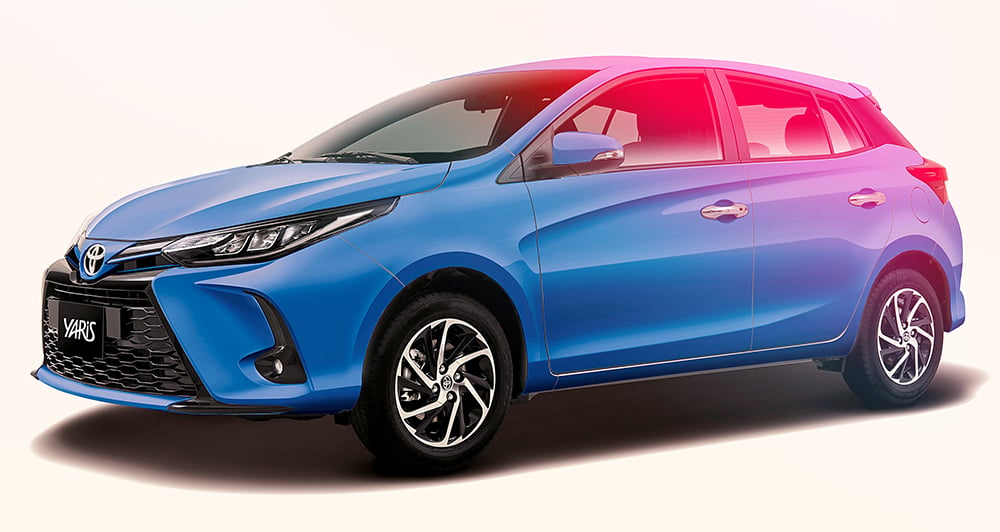
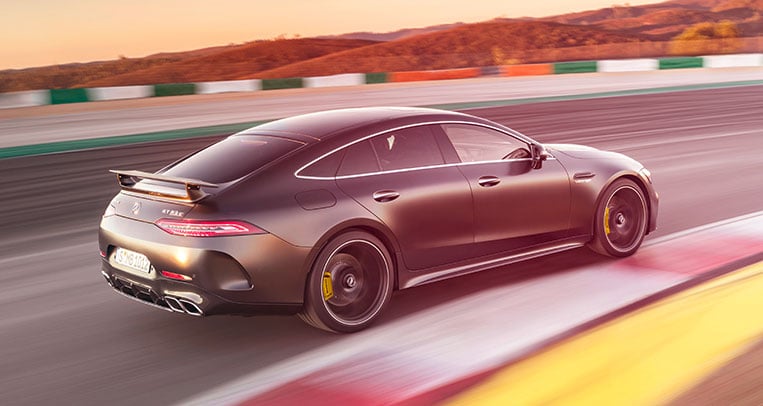
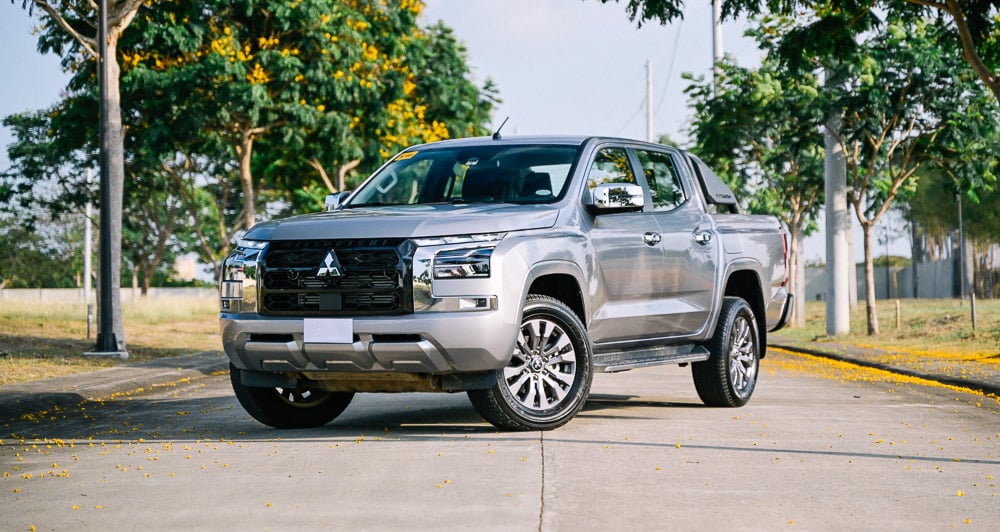
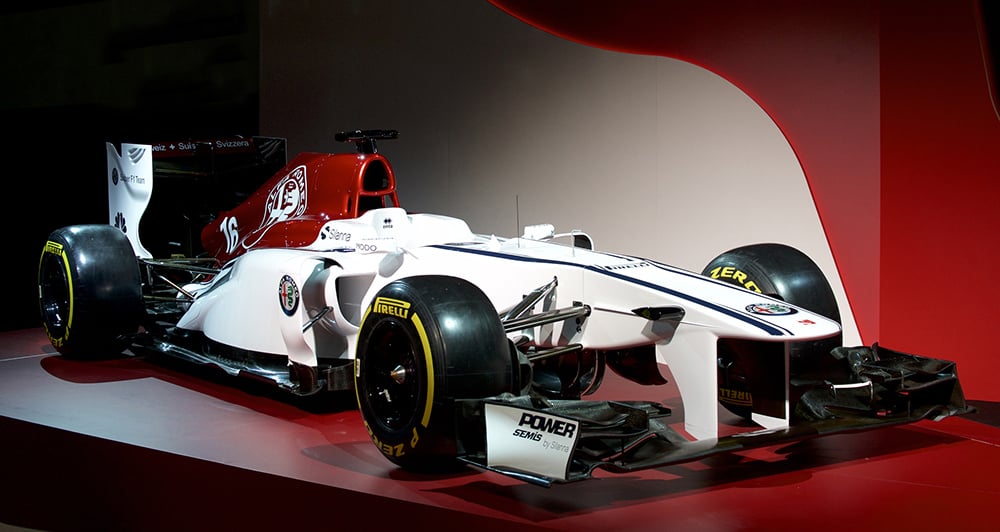
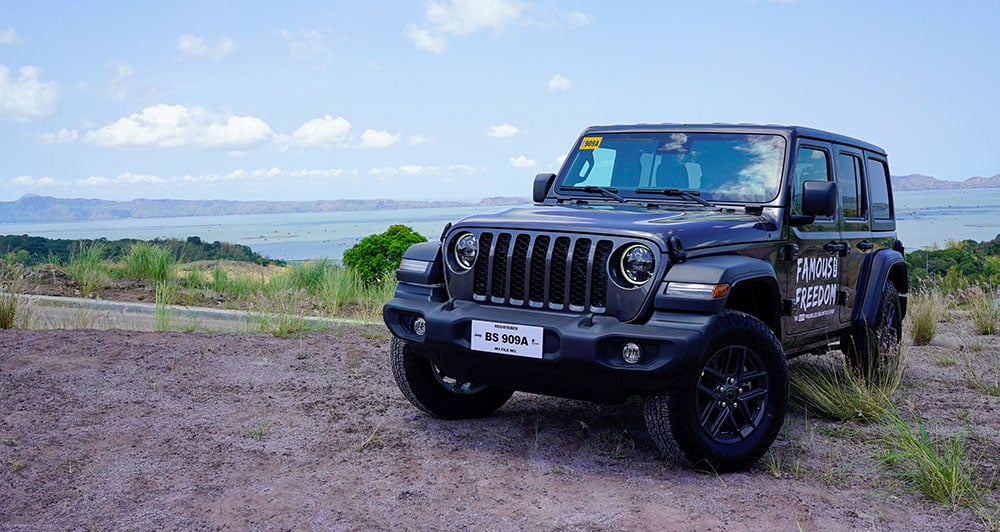


Comments